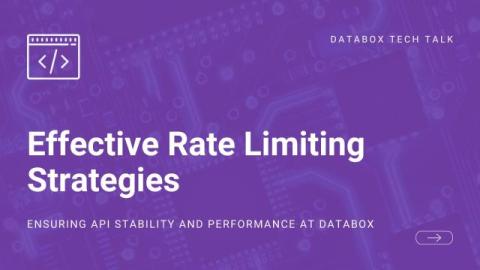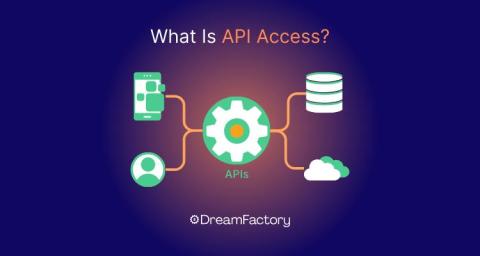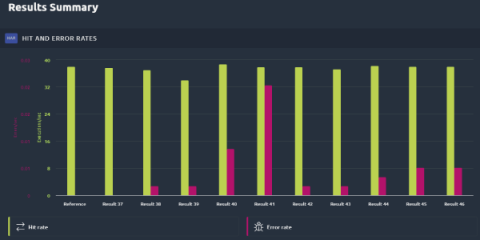Quality Isn't Optional
In software development, it doesn’t matter who found the bug or who’s responsible for fixing it. What matters is that the product works. @Veronika Takmazyan shares a real-world example from their team’s work on a @Salesforce hybrid app, where ownership and collaboration are essential. Whether it’s web views or native elements, the goal is clear: deliver quality at every step, no excuses. Watch the latest episode of Test Case Scenario to learn more about how embracing responsibility across teams ensures that quality isn’t just an afterthought—it’s built into every release.











